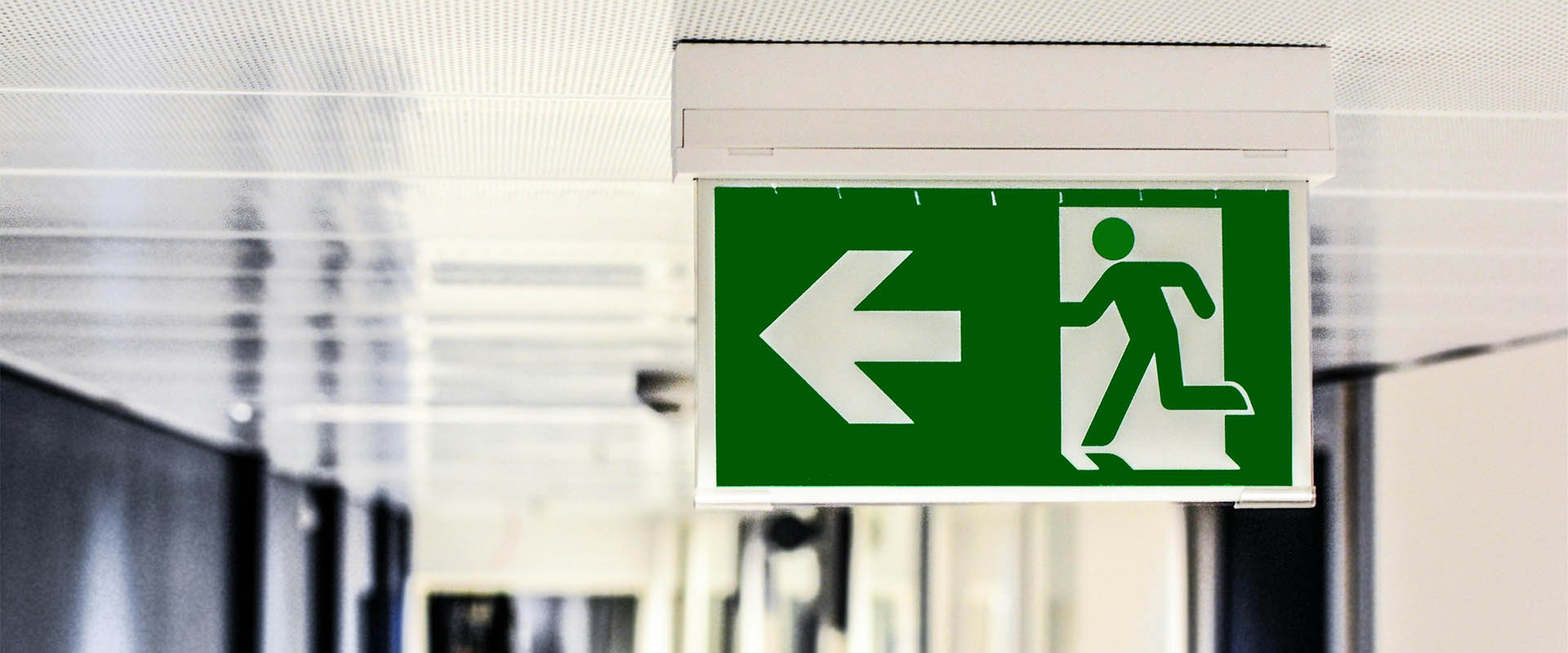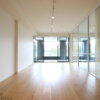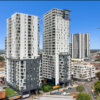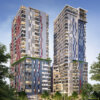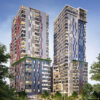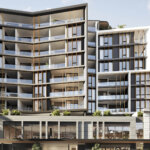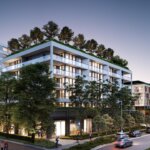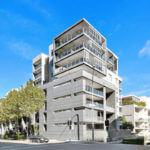According to NABERS research, buildings use approximately 40 percent of the world’s energy and 20 percent of the world’s available drinking water. As a result, federal and state governments are focusing on reducing the environmental impacts of community living.
However, while most of us recognise that we need to preserve our ecosystem, the problem remains – costs are associated with ‘going green’.
In apartment buildings, a capital cost is involved in becoming a green building. The capital outlay for replacing old and less efficient plant and equipment with more efficient technology and getting approval from the owners corporation can present a barrier.
However, the good news is that many sustainability projects pay back the initial cost over just a few years while securing long-term financial savings. It has also become more accessible for strata properties to undertake sustainability upgrades, as many grants and financial incentives are available in Australia for ‘going green’ both on a state and local council level.
Becoming more sustainable results in decreased operational costs, which means lower levies, better sales prices, and higher demand from renters, so it’s not just a win for the planet but for our bottom dollar.
Energy consumption in apartments
The cost of energy and water consumption on common property is split amongst owners in the strata levies. The older the building, the more likely it is that energy consumption is not as efficient as it could be.
Many buildings have inefficient fluorescent lighting in hallways and basement car parks. When replaced with LED lighting, it can save up to 60 per cent in energy usage and even more if motion sensors and timers that control when they are on are installed.
The electrical motors of pumping and ventilation systems consume large amounts of electricity. Opting for electric motors and equipment rated as ‘High Efficiency’ will reduce operational costs even further if used with speed controls or sensors. An example is CO2 sensors on car park ventilation which operate on-demand to handle carbon monoxide levels rather than the fans left on continuously.
Heating Ventilation and Air Conditioning (HVAC) is generally responsible for a significant proportion of total building energy consumption. A typical system accounts for approximately 40% of total building consumption. Differences in efficiency can have a radical impact on energy consumption. For some buildings the before-and-after consumption of an individual end use following an efficiency upgrade can vary by a factor of five or more. This is particularly true of fans, which are highly non-linear, and gas, which is often very inefficiently used.
Plant and equipment that are not regularly serviced or maintained can also result in increased energy consumption. Prioritising repairs and maintenance, replacing old equipment, managing leaks, installing in-cab sensors in lifts, ensuring pools and spas have energy-efficient heat pumps, and utilising pool blankets all contribute to decreased energy and water consumption.
Making a positive change
If you are an owner or a committee member and would like to make a positive change to your apartment’s efficiency and its bottom line, a good starting point would be to talk to your building manager about the common property facilities and equipment that could be improved and raise a motion for it at a general meeting.
Professional audits
As every building is unique by location and design, a good starting point is a formal energy audit. Through the audit, you can identify where energy consumption is and evaluate options to manage consumption. Then, as experts, the auditor can introduce you to the technologies available and provide an action plan for what would work best for your complex.

